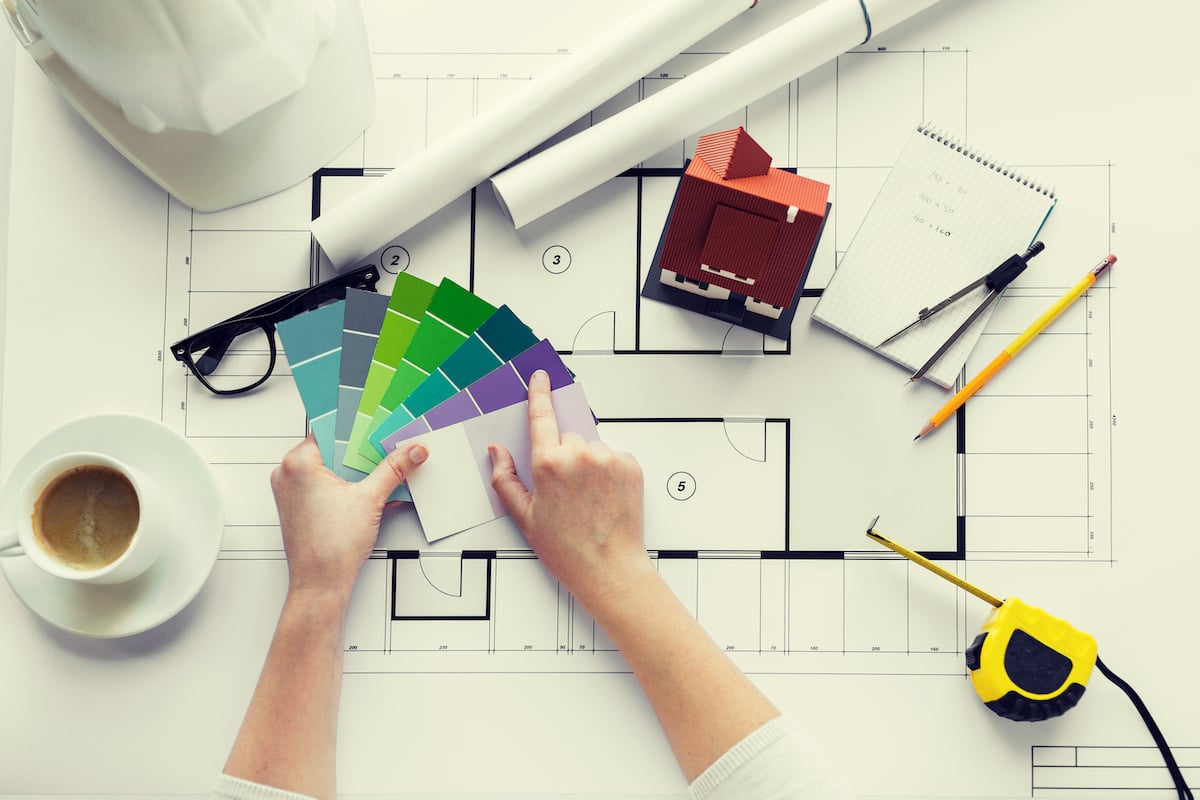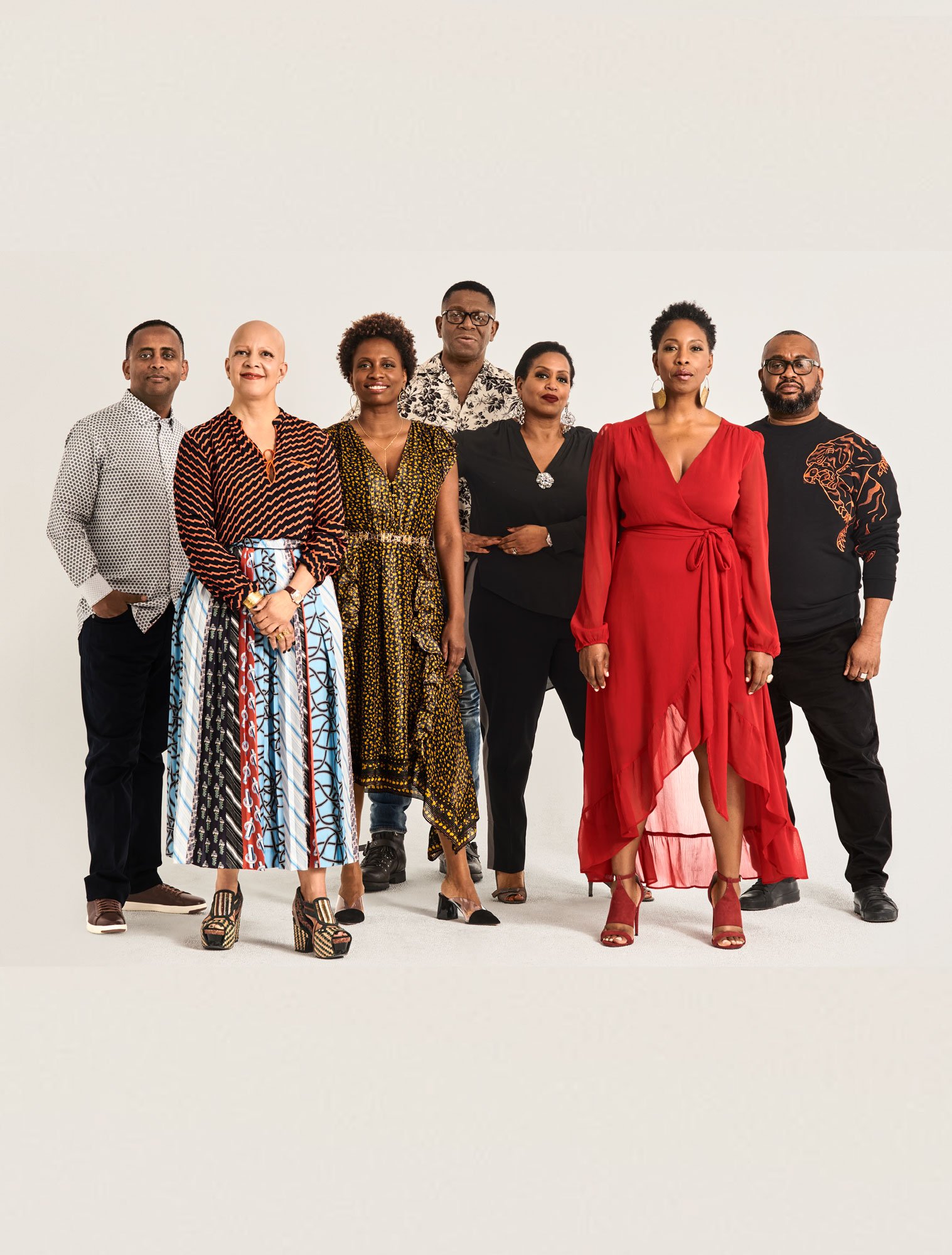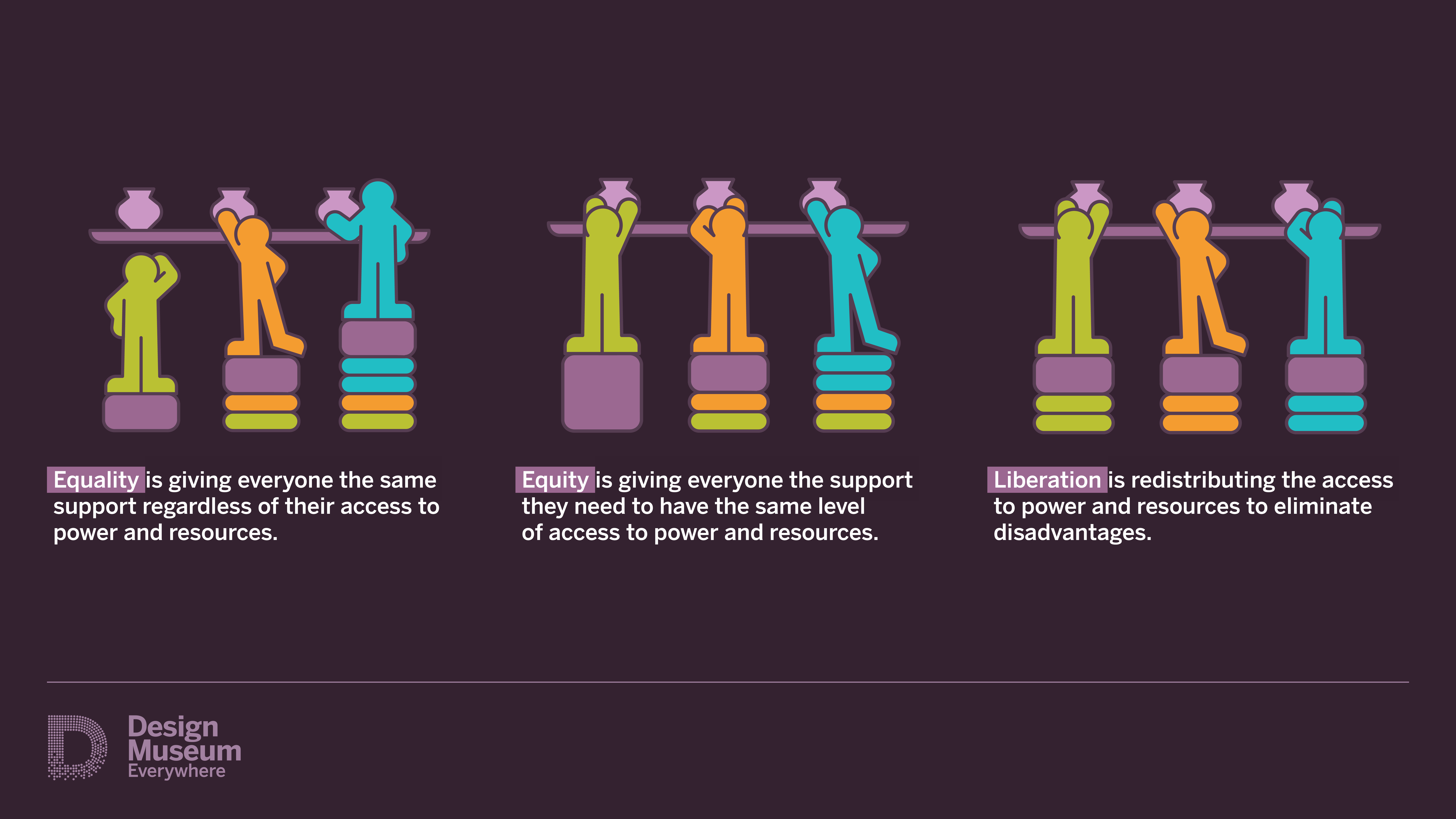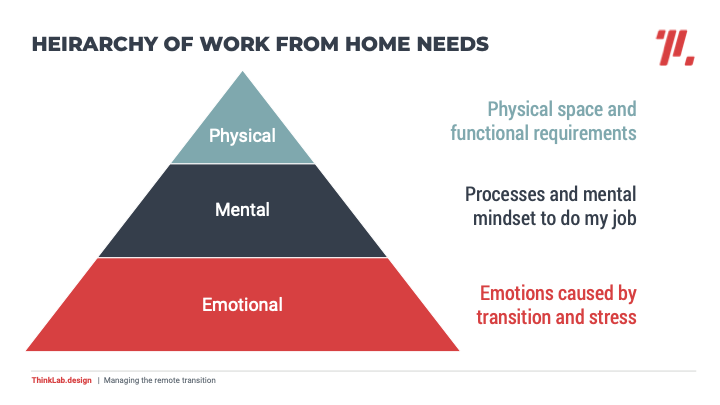
At ThinkLab, we like to say that we use research to replace assumptions with facts. In the uncertainty of our pandemic-driven economy, the interiors industry – like any other industry today, is operating on a lot of assumptions. And while some of that is the nature of the beast right now, we also believe there’s value in transitioning the abstract notions we’re hearing into concrete and tangible takeaways to plan for what’s ahead.
To do this, we homed in on three core areas of uncertainty we consistently hear from designers, architects, and manufacturers across the industry: social media usage, connection, and sourcing. We reached out to our network and spoke with A&D firm and manufacturing leaders to understand where the frictions lie and how they are adapting. We then overlaid those insights with ThinkLab data and analysis. This provides a tangible list of insights showcasing how the interiors industry is prevailing throughout the pandemic-driven economic downturn.
Here’s what we found.
Technology is paving the way for adapted social media use for design.
While our data suggests that Pinterest is a leading source of inspiration for designers, it is morphing more into a cataloging tool and less into a source for inspiration. On the contrary, Instagram is increasing as a source for exploring and discovering new products. Designers today are following brands they love, and following brands that people they love follow. Also, while many designers were NOT previously on LinkedIn, in the face of pandemic unemployment, many are beginning to explore use of that platform at increasing rates.
Facebook, on the other hand, remains a more personal connection tool, and often frustrates designers who feel reps are blending too much of their personal and professional lives.
On Pinterest, Jessica Shaw, Interior Design Director, The Turett Collaborative, agrees. “We were always finding inspiration through Pinterest, but now we have to put more energy into our source of inspiration. For example, Instagram, and our industry’s use of it, has also been a great enabler, including the use of stories that showcase the work of talented designers in a glamorized light. If you take the time to look for those kinds of social media moments, they create a new sense of community.”
Dwayne MacEwen, Principal & Creative Director, DMAC Architecture, explained it this way. “Although Pinterest is often a favorite source of ‘inspirational’ images for clients, it is not something we look at for the work we do. To truly evolve and create original work through design, both history and inspiration [common uses for Pinterest] only belong if they sneak in the back door of the design process.” In other words, Pinterest can be A source but not THE source of inspiration.
Technology hasn’t Replaced our Need to Physically Connect
Designers are fatigued with Zoom calls and therefore are craving in-person interaction (when safely possible). That said, ThinkLab research suggests many design firms won’t return back to work until, at the earliest, Q2 2021. Even then, A&D firms (though this varies by geography and firm) are suggesting a phased reintroduction to in-person work. They predict 10 percent to 20 percent occupancy initially, followed by a slow reintroduction to regular staff, which varies by geography and firm Therefore, even when this in-person approach phases in, we’re still looking at a long time before non-regular employees like vendors or sales teams will be welcomed into their offices.
Because of this, the industry is thirsty for unique ways to connect, be it digitally or via modified, in-person interactions. In terms of in-person connection, depending on the region, designers are interacting outdoors. Still, some firms are warning against it, specifically if the following precautions aren’t considered. Designers are much more likely to attend if multiple vendors participate in a mini-trade-show format. Now is not the time to go it alone as a single-brand with people trying to limit their in-person exposures. We’re even hearing that some A&D firms are operating in “pods” which are proving to be most effective for limiting exposure for these outdoor events.
Digitally, online continuing education units or CEUs remain one of the most favorite ways to connect – perhaps because they kill two birds with one stone. Online CEUs are complete accreditation courses and provide a digital way to connect with industry contacts. As an added bonus, they eliminate the commute time associated with past in-person CEUs. ThinkLab Q3 2020 research suggests that 67 percent of designers say that digital CEUs are equally as good as the in-person, or even better virtually. In fact, CEUs were the only thing that improved as better virtually in our recent research.
In addition, designers are in many ways most comfortable with their tried-and-true sources, and therefore are relying heavily on their already formed relationships. So for new designers looking to forge a new relationship, creating a personal connection is imperative. The good news is that 3 out of 4 designers believe that effective NEW relationships can be built virtually. The bad news is that in a tightening market, designers are more likely to lean on trusted brands over trying something new.
Samantha McCormack, Creative Director, TPG Architecture, adds, “Communication is critical! Picking up the phone and giving my team or our vendors a call not only helps to smooth our workflow, but also helps keep us connected in a way that email just can’t provide. Those little interactions throughout the day supplement the spontaneity and the casual conversations that I’m missing while working from home.”
Sourcing via Digital Resources Helps Designers Stay Connected
Without a doubt, sampling remains one of the most prominent concerns for designers across the board. With limited access (in many cases) to showrooms or their firm’s personal libraries, designers struggle to get their hands on physical samples.
So, while a vast majority of those interviewed for this article mentioned sourcing tools like Material Bank to aid in their sampling process, we even heard stories of designers creating their own personal mini-showrooms in their homes as they hang on to samples sent to them. This story rings true specifically for younger designers who have retreated from their shared urban living arrangements with roommates, back to their parent's homes in the suburbs or rural roots. This makes reliance on tools like Material Bank even more crucial, as suburban access to samples is even more limited.
As the COVID-19 narrative continues, one thing is certain – the interiors industry is strong and resilient. And while some of the changes we’re experiencing may be temporary, in contrast, others may shed light on a new way of doing business and be viewed as a positive when we look back at this season of design. David Euscher, ASID Board of Directors, Director-at-Large, leaves us with this, “I think we will carry these tools into in-person presentations when it is safe to do so. The interactive and participatory nature of our technological adaptions enables a different kind of client engagement. It can provide a richer experience, especially in the conceptual phases of project development.”
Amanda Schneider is President of ThinkLab, the research division of SANDOW. At ThinkLab, we combine SANDOW Media’s incredible reach to the architecture and design community through brands like Interior Design Media, Metropolis, and Material Bank with proven market research techniques to uncover relevant trends and opportunities for the design industry. Join in to explore what’s next at thinklab.design/join-in.


